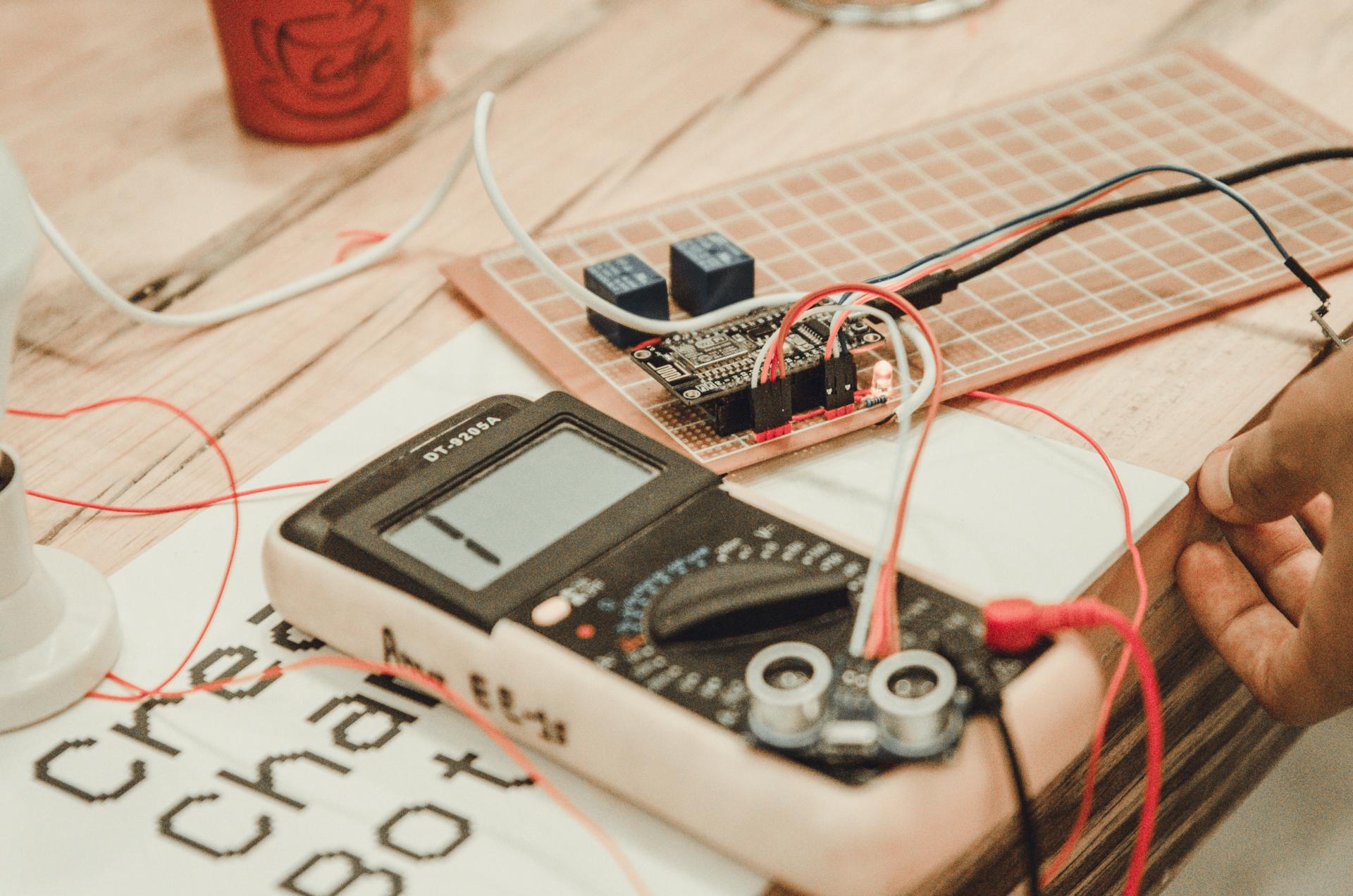Protect Your Loved Ones: Learn How to Perform an Electric Security Test at Your Place

In the realm of security in your home, one of the most important aspects to be considered is the safety of electrical wiring. Electrical safety testing is the process of checking the electrical system in your home to make sure it’s safe and up-to-code. In this article we’ll provide an overview of what electrical safety testing are, the tools will be required for conducting them, the best method to conduct the tests and what warning signs to look out for.
What exactly is the definition of an Electrical Safety Test?
A safety test for electrical appliances is the procedure of examining the electrical system in your home to make sure it is safe and working correctly. Electrical safety tests are important as they help to in preventing electrical fires and electrical accidents as well as ensure the durability of your electrical system.
Tools Needed for an Electrical Safety Test
In order to conduct an electrical safety check, you’ll need some essential tools. They include the voltage tester, a continuity tester, a circuit tester, along with outlets tester. A voltage tester can test for live circuits, whereas the continuity tester checks for broken circuits. Circuit testers are used to look for wiring issues, and outlets testers are used to detect electrical issues in outlets. It is essential to utilize the tools correctly in order to obtain exact results.
How do I Conduct an Electrical Safety Test
To conduct an electrical safety test at your home take these steps:
Shut off the power supply on the circuit or circuits you’re conducting tests on.
Make use of this voltage tester to check whether there are live circuits.
Utilize the test for continuity to test for broken circuits.
Use the circuit tester for checking for electrical faults.
Utilize the tester for outlets to find any wiring issues within the outlets.
During the testing process Be sure to check for signs of damage or wear on the wiring for example, frayed or broken wires, burn marks, as well as loose or damaged connections. If you spot any problems that need attention, you must address them as soon as possible to prevent any potential dangers.
Signals of electrical problems to Look Out For
There are several warning signs that could indicate electrical issues in your home. This includes flickering lights and frequent circuit breaker trips noises that crackle or buzz emanating from outlets, hot or discolored outlets as well as a burning smell. If you observe any warning indications, you should act immediately to prevent any electrical dangers.
Conclusion
Tests for electrical safety are vital for ensuring your safety and family. By performing regular tests and fixing any issues quickly to avoid any potential electrical hazards and extend the life of your electric system. If you require assistance with electrical testing and repairs Don’t hesitate to reach out to Local Electrician Lane Cove. Our experienced team can offer you expert advice and assistance. Contact us via 1300 941 876 to schedule an appointment or request a quote.
FAQ Section
What is the recommended frequency to perform an electrical safety test in my home?
We recommend conducting electrical safety tests at least once a year.
Do I have the ability to conduct an electric safety check on my own , or do I require a professional?
Although it’s possible to conduct an electrical safety test by yourself but it’s best to hire an expert to ensure the accuracy of results and avoid potential hazards.
What are the most frequently encountered electrical problems found in an electrical safety test?
The most common electrical problems found during a safety test include defective wiring, circuits that are overloaded and obsolete electrical systems.
What should I do if I encounter a problem in the electrical safety test?
If you find an issue when you conduct the electrical safety check it is important to act immediately. This may include calling a professional electrician to resolve the issue, or replacing faulty equipment.
